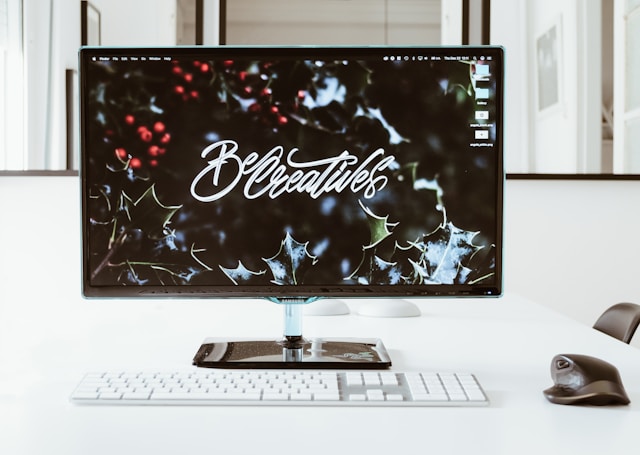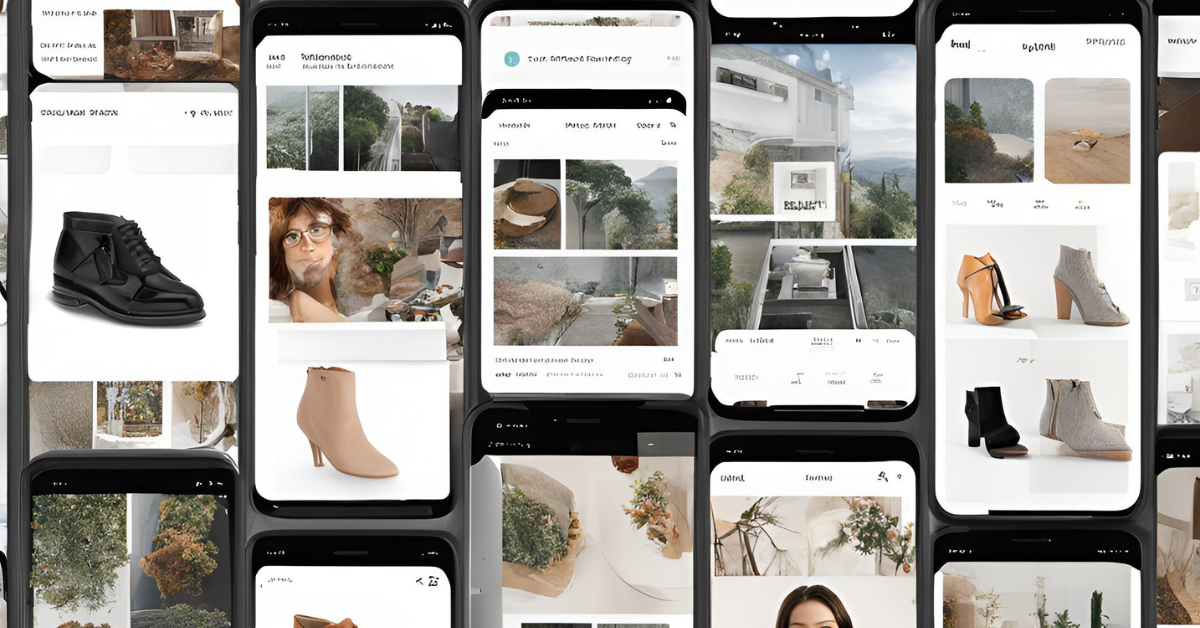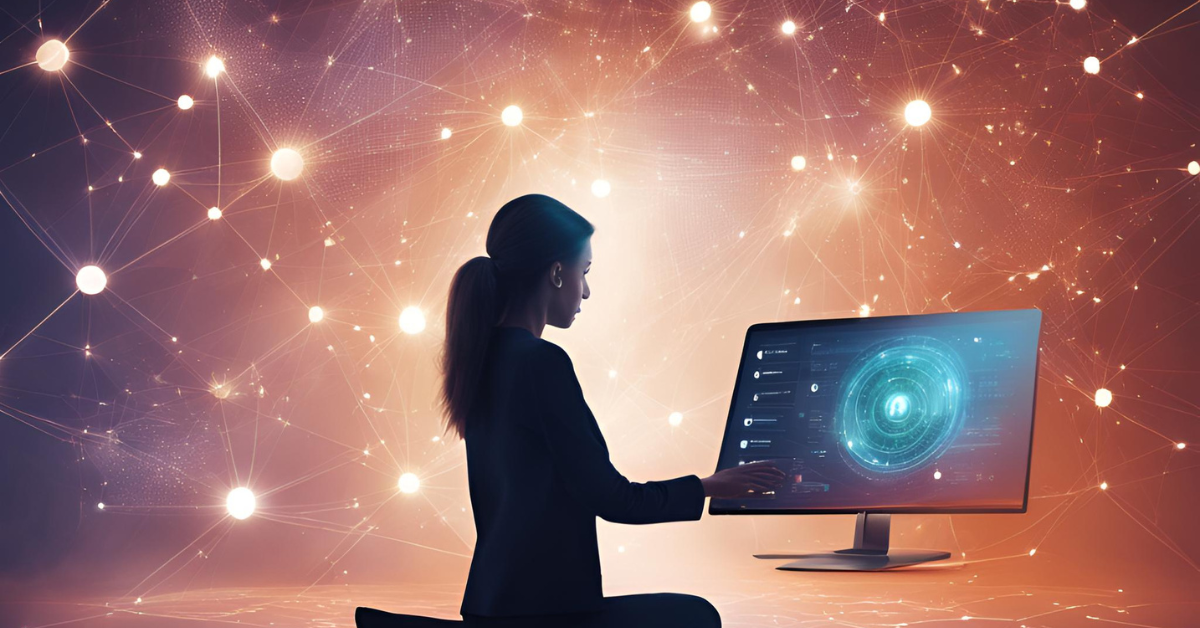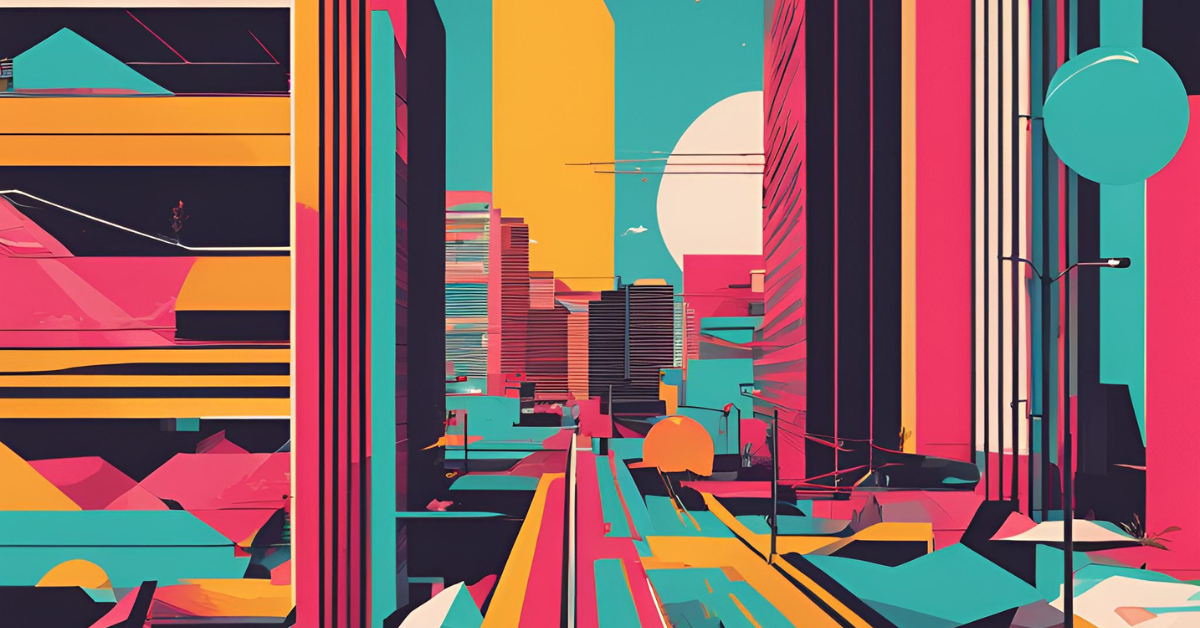The future of creative work is evolving faster than ever, and AI is at the forefront of this transformation. But as agencies look to leverage the power of AI, many wonder: Can you use AI without losing the core creative essence that sets your agency apart? The answer is yes, but it requires a thoughtful approach. This article explores how to integrate AI into your agency’s workflow in 2025 without compromising your creative soul, offering practical tips, innovative tools, trends, and best-case studies.
The creative process is often described as part science, part magic. It’s where structure meets intuition, where hard data informs soft skills like empathy, storytelling, and imagination. With AI now automating some of the more routine tasks in creative agencies, there’s an understandable concern that the “magic” might get lost. Will AI erase the spark that makes your agency stand out? On the contrary, used wisely, AI can free up time and resources to focus even more on what makes your agency human.
AI’s Role in the Creative Process: A Double-Edged Sword
AI’s involvement in creative processes can feel paradoxical. On one hand, it offers the potential to automate repetitive tasks like generating design variations, optimizing digital ads, and even writing ad copy. On the other hand, creativity thrives on nuance and emotional intelligence—qualities that many argue AI lacks.
Yet, this isn’t an either/or situation. The beauty of AI lies in its ability to handle the mundane, data-heavy tasks, leaving the conceptual and emotional aspects to the humans behind the wheel. AI is the tool, not the creator.
Think of AI as an assistant that can sift through vast data sets, uncover insights, and perform grunt work, but it can’t replace your agency’s instinct or vision.

Practical Ways AI Can Enhance Creativity
Here are five ways AI can be used to improve your agency’s creative output without losing the human touch:
- Brainstorming Support: Tools like ChatGPT and Copy.ai generate first drafts or creative concepts, giving your team a jumping-off point.
- Design Variations in Seconds: Platforms like Canva’s AI-based design tools allow for generating quick layout variations, which designers can then tweak to perfection.
- Personalized Marketing at Scale: AI tools such as Persado optimize ad copy by analyzing emotional triggers and performance data to craft messaging that resonates on a personal level.
- Automating Mundane Design Tasks: Tools like Remove.bg can take care of tedious tasks like background removal in seconds, allowing designers to focus on high-level creative work.
- Predicting Trends: AI’s predictive analysis can assist in trend forecasting by analyzing vast data from social media and customer behavior, helping your agency stay ahead of the curve.
Tools Every Creative Agency Should Know About (Free/Paid)
As AI and automation tools become more accessible, even smaller creative agencies can leverage these tools to streamline workflows, boost creativity, and remain competitive. Below is an expanded list of AI tools that range from free to paid options, categorized for easier reference:
1. Runway ML (Paid)
Use Case: Creative experimentation with machine learning, especially in video editing and special effects.
- Features: Enables real-time collaboration for creative teams to work on AI-driven video effects and visual storytelling projects. You can also build and train custom AI models.
- Best For: Video production, real-time visual effects, and interactive experiences.
2. MidJourney (Paid)
Use Case: AI art generation using text prompts.
- Features: Converts written descriptions into high-quality, creative images that can be used for prototyping or design inspiration.
- Best For: Rapid prototyping of visual ideas, mood boards, or unique graphic design elements.
3. DALL·E 3 (Free/Paid)
Use Case: AI-generated custom visuals from text prompts.
- Features: The latest version of OpenAI’s DALL·E generates highly detailed and creative visuals, ideal for ad mockups, illustrations, or creative assets.
- Best For: Graphic design, creative brainstorming, and concept art.
- Free/Paid: DALL·E offers a free tier with limited credits, but users can purchase additional credits for extended usage.
4. Canva (Free/Paid)
Use Case: Design tool with AI-powered features.
- Features: Canva includes AI tools like background removal, design suggestions, and automated color schemes. It simplifies graphic design, making it easy for non-designers to create professional-grade visuals.
- Best For: Social media graphics, presentations, and quick design turnarounds.
- Free/Paid: Offers a robust free version with paid upgrades for additional features.
5. Copy.ai (Free/Paid)
Use Case: AI-powered content generation.
- Features: This tool helps generate ideas, blog content, ad copy, and social media posts using AI. It offers various templates to get started, and users can fine-tune generated content to match their brand voice.
- Best For: Content creation, brainstorming, copywriting.
- Free/Paid: Free plan available with limited features, and paid tiers for more advanced needs.

6. Jasper AI (Paid)
Use Case: AI-based writing assistant for long-form content and marketing.
- Features: Jasper helps generate blog posts, ad copy, email marketing, and even social media posts. It’s ideal for marketers who need to scale content creation without sacrificing quality.
- Best For: Content marketers, agencies focused on SEO and content strategy.
7. Grammarly (Free/Paid)
Use Case: AI-powered writing and grammar assistant.
- Features: Beyond grammar and spell-checking, Grammarly uses AI to offer tone suggestions, engagement tips, and vocabulary enhancements. It’s essential for agencies producing high volumes of written content.
- Best For: Copywriters, content editors, marketers.
- Free/Paid: Free version for basic grammar checks, with paid options for advanced features.
8. Piktochart (Free/Paid)
Use Case: Infographic and visual content creation.
- Features: Piktochart is an easy-to-use tool that allows teams to create infographics, presentations, and reports with minimal design expertise. It offers a variety of templates that can be customized for any brand or project.
- Best For: Data visualization, report creation, infographic design.
- Free/Paid: The free version provides essential features, with a paid tier for more advanced tools and assets.

9. Remove.bg (Free/Paid)
Use Case: Automated background removal for images.
- Features: This tool uses AI to instantly remove backgrounds from images with one click, making it incredibly efficient for designers and photographers who need transparent backgrounds for products, marketing assets, or presentations.
- Best For: Quick image editing, eCommerce, and social media content.
- Free/Paid: Free with limited high-res downloads, paid for higher-quality image processing.
10. Descript (Free/Paid)
Use Case: Video and audio editing with AI-powered transcription.
- Features: Descript simplifies video editing by using AI to automatically transcribe video and audio files. It also allows for easy editing by modifying the text, and any changes made to the text will reflect in the media file.
- Best For: Podcast production, video editing, and media transcription.
- Free/Paid: Free version available with limitations; premium plans for advanced editing tools.
11. Lumen5 (Free/Paid)
Use Case: AI-powered video creation.
- Features: This tool allows users to turn blog posts, text content, or articles into engaging videos. Lumen5 uses AI to pull out key points and match them with visuals, making it easy to repurpose content for multimedia platforms.
- Best For: Video content creation, social media marketing, content repurposing.
- Free/Paid: Free tier available with watermarks, paid tiers for premium features and customization.

12. Fotor (Free/Paid)
Use Case: Online photo editing with AI tools.
- Features: Fotor provides a range of photo editing features, including AI-powered tools for image enhancement, background removal, and portrait retouching. It’s a lightweight alternative to complex design software like Photoshop.
- Best For: Quick photo editing, social media content, eCommerce imagery.
- Free/Paid: Free for basic features; premium plans available for advanced functionality.
13. Deep Dream Generator (Free)
Use Case: AI-powered visual art creation.
- Features: This unique AI tool allows you to transform images into dream-like, surreal visuals based on different artistic styles. It’s ideal for agencies exploring experimental or out-of-the-box design concepts.
- Best For: Experimental design, abstract art, creative brainstorming.
- Free/Paid: Completely free.
14. HubSpot Content Strategy Tool (Free)
Use Case: Content creation and SEO optimization using AI.
- Features: HubSpot’s tool helps marketers discover and optimize content ideas by analyzing SEO trends and suggesting keywords based on a brand’s target audience. AI is leveraged to map out topic clusters and content strategies.
- Best For: Content marketers, SEO teams.
- Free/Paid: Free with HubSpot’s CRM, but premium tools are available in paid plans.
Case Studies: Agencies That Got It Right
Several agencies have already integrated AI in creative ways, managing to enhance their output without losing that essential human element. Let’s look at two standout examples:
Ogilvy’s AI-Powered Ad Campaign
In 2023, Coca-Cola partnered with OpenAI and Bain & Company to integrate AI into its creative processes. The brand launched the “Create Real Magic” platform, allowing digital artists to generate original artwork using Coca-Cola’s iconic assets, powered by AI models like GPT-4 and DALL-E. This initiative not only boosted user engagement but also promoted creative experimentation, culminating in campaigns like “Real Magic” and the “Create Real Magic” contest, where selected artworks were featured in prominent locations such as New York’s Times Square and London’s Piccadilly Circus. This case study highlights how AI is already transforming the creative processes of major brands while maintaining a human touch.

AKQA and AI-Driven Digital Design
The collaboration between AKQA and Nike, leveraging AI for the “Never Done Evolving” campaign, is a fascinating case study. The campaign marked Nike’s 50th anniversary and celebrated the iconic career of Serena Williams by using AI to simulate a match between her younger self (from 1999) and her more recent self (from 2017). This was achieved by analyzing her gameplay using AI-driven models that recreated each era’s playing style, including decision-making, agility, and shot selection.
The campaign used machine learning to process archival footage and create interactive, data-driven simulations of over 130,000 games between the two Serenas. This innovative use of AI helped Nike provide a new form of storytelling, illustrating Serena’s ongoing evolution and challenging the boundaries of sports data visualization. It also engaged audiences, with a YouTube live stream reaching over 1.69 million subscribers and massive promotion across Nike’s social media platforms.
This case highlights how AI can be utilized not only to engage in creative storytelling but also to visualize complex data in a manner that enhances audience engagement.

AI Trends for 2025 and Beyond
AI is evolving fast, and so are its applications in creative industries. Here are the top AI trends shaping the future of creative agencies:
- Hyper-Personalization: As AI becomes more adept at analyzing user data, expect a shift towards hyper-personalized marketing campaigns. Creative agencies will need to leverage AI-driven insights to create campaigns that speak directly to individual customers at scale.
- Voice and Chat Interfaces: The rise of AI voice assistants like ChatGPT-4 and Google’s Gemini in customer service and interaction means agencies will have to design user experiences that incorporate voice or chatbot elements seamlessly.
- AI and AR Integration: AI will increasingly pair with augmented reality (AR) to offer highly interactive, personalized user experiences. Imagine campaigns where AR can deliver real-time product experiences based on AI-driven data.

Practical Tips for Preserving Creativity in the Age of AI
While AI can undoubtedly improve efficiency, agencies must be careful to maintain their creative integrity. Here’s how:
- Use AI as a Supplement, Not a Replacement: Let AI handle the repetitive tasks—think keyword analysis or basic image manipulation—so that your creative team can focus on strategy and conceptual thinking.
- Foster Collaboration Between AI and Humans: Set up collaborative processes where AI-generated ideas are vetted and refined by human creatives, keeping the human element at the forefront.
- Train Your Team: Equip your staff with the knowledge and tools to use AI effectively. By embracing AI as an assistant rather than a competitor, your team can feel empowered rather than threatened.
- Maintain Your Agency’s Voice: While AI can assist in creating content, make sure your agency’s distinct voice isn’t diluted by over-reliance on AI-generated work. Use AI for inspiration or support, but maintain creative control.
Finding Balance Between Innovation and Human Touch
AI can revolutionize your agency’s creative process by freeing up time and resources for higher-level thinking. The key is to strike a balance between leveraging AI’s power while ensuring that your human creativity, intuition, and emotional intelligence remain at the core of your work.
In the rapidly changing landscape of 2025, agencies that can use AI wisely—without losing their soul—will be the ones that thrive.
